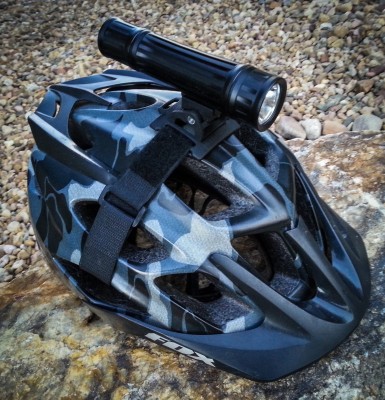
During long rides or races when my pedal stroke gets sloppy, my feet tend to over supinate (that’s a new word to me, too). It means my feet roll outwards, towards my pinkie toe. In extreme cases, this causes hot spots on the outer edge of my foot, which are painful. Granted, this only happens on rides in the 3+ hour range, but that’s a lot of my riding these days. I can combat it somewhat by really focusing on my pedal stroke, but once fatigue sets in, form often goes out the window.
Ergon recently released the IP3 Solestar insoles that are claimed to improve the position of your foot for optimum power transfer and comfort. Over the past three months, I’ve been riding with the insoles installed to test those claims.
Construction

These aren’t your typical, flimsy insoles that come stock in a majority of cycling shoes. As seen in the diagram above, there are three separate layers that make up the IP3 insoles. The first is an antibacterial carbon fabric, that feels similar to a very tightly woven carpet. Beneath that is a layer of orthopedic foam for cushioning and damping. The final layer is made from fiber-reinforced plastic, and provides support.

My pair of the largest-sized IP3 insoles weighed 127g, which is 85g more than the stock insoles. Ergon offers six sizes that cover shoe sizes from 36 to 47. It’s important to get the correct size because Ergon tells you not to trim them to fit. Retail is $60 for the pair.
On the Trail

I wear a size 46 in Shimano’s shoes, so I ordered the largest size 46/47 from Ergon. Installation was as simple as removing the stock insoles and replacing them with the IP3s. The fit with my particular shoes was perfect. Any longer and the toe of the insole would have curled over. Any shorter and they may have slid around. The rigid base spread out the arch area of my shoes noticeably from stock.

Ergon says it can take a few rides for your body to adapt to the new foot positioning, but I experienced no such growing pains. Immediately I felt that my foot was flatter on the pedal, which felt more efficient. Instead of pushing the pedals with just one part of my foot, my entire foot was in on the game. I didn’t have the opportunity to test the difference scientifically with a power meter to see if there were any gains, but the improved comfort alone was enough to sell me on them. After installing the IP3s, I no longer have foot pain during long rides with those shoes. When I switched to another pair of shoes without the IP3s, the hot spots returned.
Apart from the comfort factor, the antibacterial fabric seems to be doing its job quite well. My riding shoes often turn into funk factories, but the IP3 insoles have remained stank-less, even though creek crossings are a regular feature on my rides.
Finish Line
If you experience foot pain while riding, I highly recommend checking out a pair of the Ergon IP3 Solestar insoles for yourself. They aren’t inexpensive, but the construction is top notch, and the comfort they provide is worth the price of admission.
Thanks to Ergon for providing the IP3 Solestar insoles for review.



















